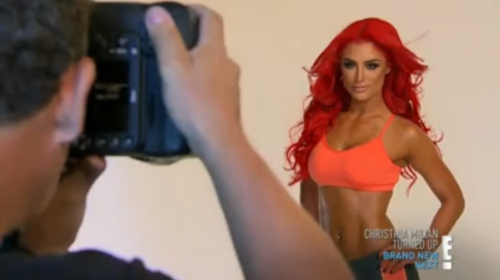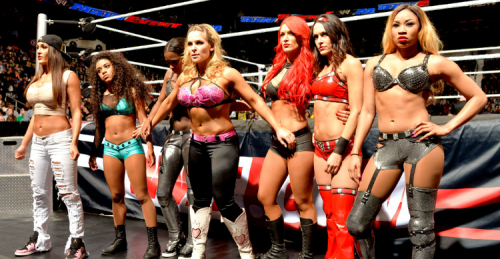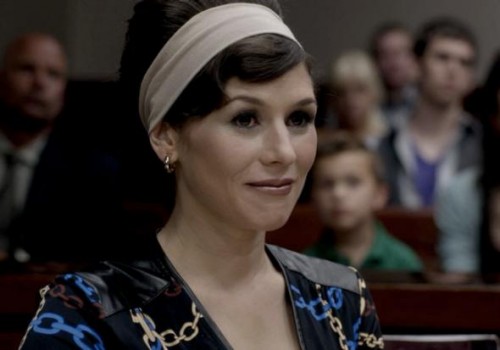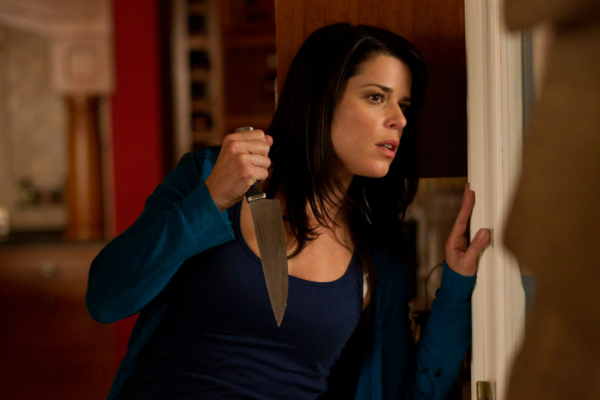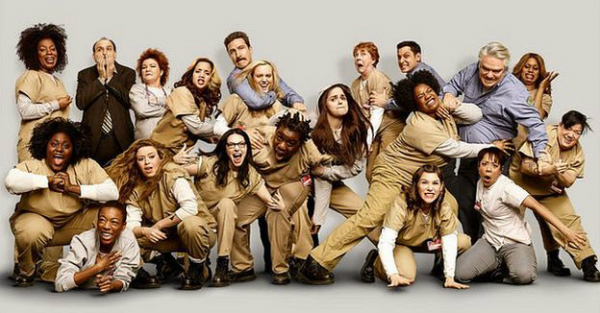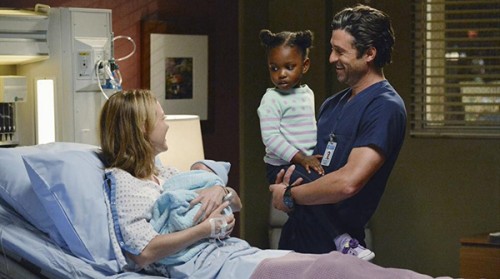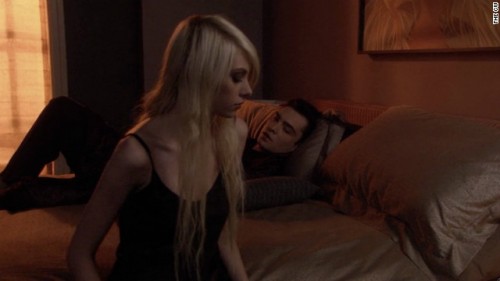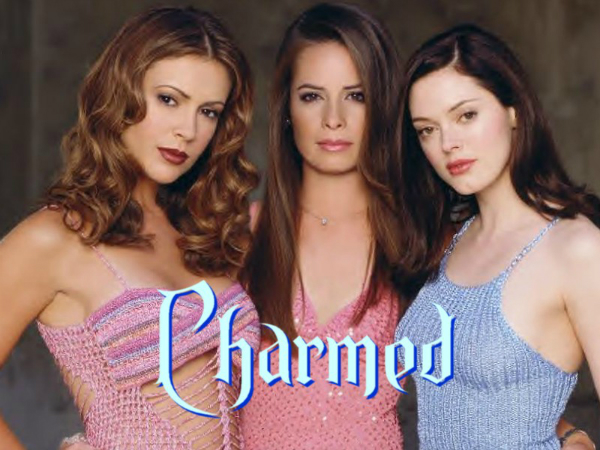This is a guest post by Scarlett Harris.
Sunday night’s episode of Total Divas centered around Eva Marie’s recovery from breast augmentation after her previous implants started leaking, her subsequent Muscle & Fitness Hers magazine shoot, and her body image issues.
The irony here is that Muscle & Fitness Hers is a magazine that I assume is promoting the “strong not skinny” ideal that permeates the health and fitness industry. As we saw on Sunday, Eva Marie’s mindset is anything but. After her surgery, she’d been unable to exercise so when she found out the magazine wanted her to shoot for them, the pressure was on to get back into shape. Throughout the show, Eva has made stray comments about her body, saying she’s too fat or looks ugly, and in this episode, she sees her visage on the side of a WWE trailer and says the same. This all comes to a head when Eva and Ariane are shopping and Eva nearly collapses in the change room because she hasn’t eaten for a day.
Ariane is concerned for her friend and worried about the message Eva’s poor body image is sending to their fans. “We’re WWE Divas. That means we’re empowering women who are role models and WWE wouldn’t even think about putting her on, like, three trailers if she wasn’t TheBomb.com [one of Ariane’s myriad catchphrases],” she says.
Putting aside Ariane’s correlation between being hot = being empowered, she takes Eva to a sketch artist similar to the one used by Dove in their infamous viral campaign featuring women describing how ugly they are vs. how beautiful strangers think they are. Because all that matters is how other people think you look, right?
The sketch artist’s assistant’s description of Eva results in a more accurate drawing whereas the way she describes herself produces a sketch of a more “normal”-looking woman. As you can see from the image above, there’s nothing wrong with the way either of the women in the sketches look. And as reality shows are wont to do, everything is tied up in a nice little bow by episode’s end, with Eva realizing she has issues that she needs to work on. “I’m a normal girl who has her own insecurities,” she says.
The thing is, the Divas aren’t normal women. Like models, they work in an industry that trades primarily on how they look. Sure, they need their bodies to be strong but if they don’t look good while taking a bulldog or delivering a dropkick, fuhgedaboutit.
And as Nattie says on the episode, “It’s part of our job to look great and feel great.”
Total Divas’ other main storyline this week was that of Rosa’s infatuation with Paige, resulting in an awkward kiss. We’ve seen Rosa struggle with her own insecurities throughout the season and she continuously says she just wants the other Divas to like her. Rosa is recovering from a bad breakup, a stint in rehab for alcoholism and, upon her return to the WWE and her Total Divas debut, she underwent breast augmentation herself. On Sunday night she also revealed that she uses injectables such as Botox in her face.
I don’t want to perpetuate the harmful stereotype that those with body image issues turn to surgery, or that surgery perpetuates those issues, because there are plenty of people who love and hate themselves and their bodies who have and haven’t turned to surgery as a remedy. But it is telling that both Eva and Rosa struggle with their self worth and the way they look, have both had substance abuse problems and have both had cosmetic surgery.
On the other hand, many of the Total Divas (and WWE Divas who aren’t involved with the show) have also had surgery but seem to have pretty healthy self-esteem. (Or, more accurately, any body image woes they do have aren’t aired on E! to further the show’s storylines.) To reiterate Nattie’s sentiment, there’s a certain ideal Divas have to subscribe to. I also work sporadically in television, so I can relate. However I don’t think the correlation the Total Divas make between being role models and looking hot is the healthiest mindset to have. Eva touches on this somewhat in the trademark reality TV voiceover:
“I think it’s the pressure of being a role model and having so much on your shoulders. I think there’s a massive amount of pressure on any woman. All of us are striving for some type of perfection.”
Until being a Total Diva—nay, a women’s wrestler—is more about what they can do in the ring that what they look like, that perfection is going to remain outward rather than turning inward.
Scarlett Harris is a Melbourne, Australia-based freelance writer and blogger at The Scarlett Woman, where she writes about femin- and other -isms. You can follow her on Twitter.
